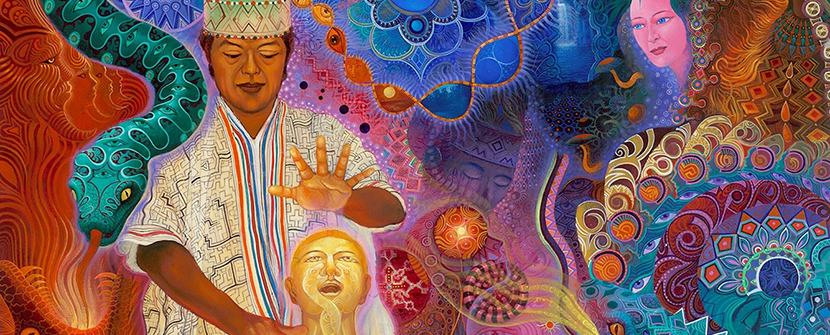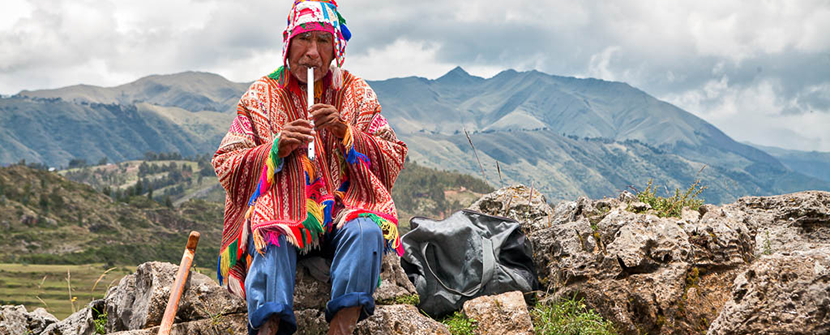Shamanism is a spiritual practice that has been used by cultures around the world for thousands of years. One of the key elements of shamanism is the use of plant medicines to facilitate altered states of consciousness and connect with the spirit world. In this blog, we'll explore the different forms of shamanism practiced in various parts of the world, and the plant medicines used in each tradition.
Asia
Shamanism in Asia involves connecting with the spirits of the natural world and using ritual, drumming, and chanting to facilitate altered states of consciousness. Some examples of plant medicines used in Asian shamanism include:
- Amanita muscaria: a mushroom that contains the psychoactive compound ibotenic acid, which can induce hallucinations and altered states of consciousness. In Siberian shamanism, Amanita muscaria is sometimes used in ritual.
- Cannabis: a plant with psychoactive properties that is used in some forms of Hindu and Buddhist shamanism. In India, cannabis is sometimes used in the worship of the god Shiva.
Africa
Shamanism in Africa is often referred to as "animism" and is based on the belief that all things in the natural world have a spirit or essence. Some examples of plant medicines used in African shamanism include:
- Iboga: a plant native to Central Africa that contains the psychoactive compound ibogaine. In some African shamanic traditions, iboga is used in initiation rituals and for healing purposes.
- Kanna: a plant native to South Africa that contains mesembrine, a psychoactive alkaloid that can induce euphoria and relaxation. In some African shamanic traditions, kanna is used for spiritual and emotional healing.
South America
Shamanism is deeply ingrained in the culture of many indigenous tribes in South America, particularly in the Amazon basin. In these communities, shamanic practices often involve the use of plants and other substances to facilitate altered states of consciousness and connect with the spiritual world. Some examples of plant medicines used in South American shamanism include:
- Ayahuasca: a brew made from the ayahuasca vine and other plant ingredients, which contains the psychoactive compound DMT. Ayahuasca is used in shamanic rituals throughout the Amazon basin for healing and spiritual purposes.
- San Pedro: a cactus native to the Andes, which contains mescaline, a psychoactive compound that can induce altered states of consciousness. San Pedro is used in shamanic rituals in the Andean region for spiritual and healing purposes.
North America
Shamanic traditions in North America vary widely depending on the culture and region. In Native American traditions, shamanic practices involve connecting with the spirits of animals and the natural world, using drumming, chanting, and dance to facilitate altered states of consciousness. Some examples of plant medicines used in North American shamanism include:
- Peyote: a cactus native to North America, which contains mescaline. Peyote is used in shamanic rituals in the Native American Church for spiritual and healing purposes.
Australia
In the indigenous cultures of Australia, shamanic practices are based on the belief that all things in the natural world have a spiritual essence. Some examples of plant medicines used in Australian shamanism include:
- Wattle: a plant native to Australia, which is used in some indigenous shamanic traditions for spiritual and healing purposes.
- Boab: a tree native to northern Australia, which is used in some indigenous shamanic traditions for spiritual and healing purposes.
Indeed, shamanism is a diverse and rich spiritual practice that has been used by cultures around the world for thousands of years.



